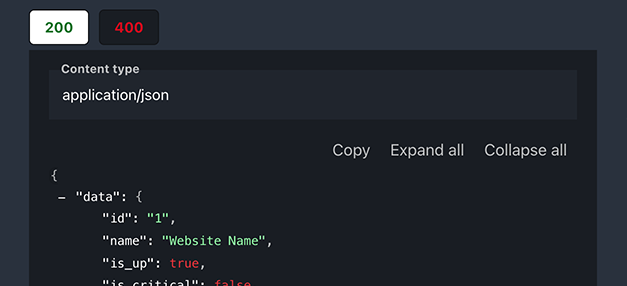Frequently asked questions
How do I receive SMS alerts when my website goes down?
To receive SMS alerts, first sign up for an account with your name, email, and password. Then, enter your website URL to set up monitoring. Once configured, you'll automatically receive SMS alerts when your website experiences downtime or other issues.
How often does Uptimia check my website?
Uptimia monitors your website every 30 seconds from multiple locations worldwide, ensuring quick detection of any issues.
What types of issues can Uptimia detect?
Uptimia can detect various issues including HTTP errors, timeouts, SSL certificate problems, domain expiration, website speed issues, and more.
How does Uptimia prevent false positives?
When a potential issue is detected, Uptimia conducts triple tests from different geographic locations. An alert is only sent if all three secondary checks confirm the problem.
Can I receive alerts through other channels besides SMS?
Yes, you can receive alerts via WhatsApp, email, Discord, Slack, PagerDuty, and many other tools in addition to SMS.
How many locations does Uptimia monitor from?
Uptimia monitors from 171 locations across six continents, providing a comprehensive view of your website's performance globally.
Do I need to install anything on my website to use Uptimia?
No, you don't need to install anything. Simply enter your website URL, and Uptimia will immediately begin monitoring your site.
What kind of reports does Uptimia provide?
Uptimia provides automated uptime monitoring reports on a daily, weekly, or monthly basis. These reports include various metrics and can be customized with your company's colors and logo.
How does Uptimia help with troubleshooting?
Uptimia provides detailed root-cause analysis information, including error screenshots, error types, response times, response bodies, response headers, and traceroutes to help you identify and resolve issues quickly.
How reliable is Uptimia's own infrastructure?
Uptimia operates across two datacenters with redundant infrastructure, eliminating single points of failure and ensuring continuous monitoring even if one datacenter experiences downtime.

















